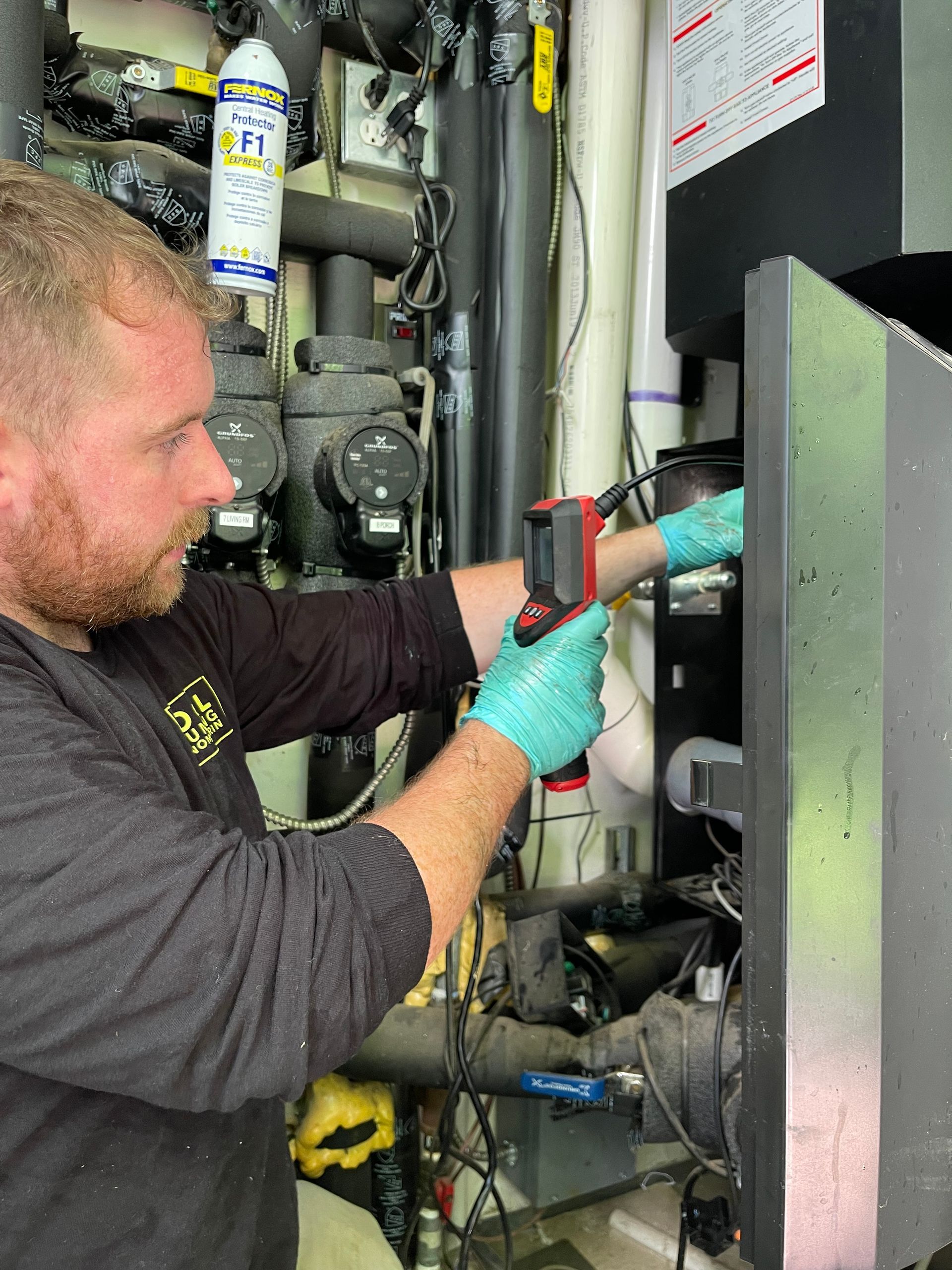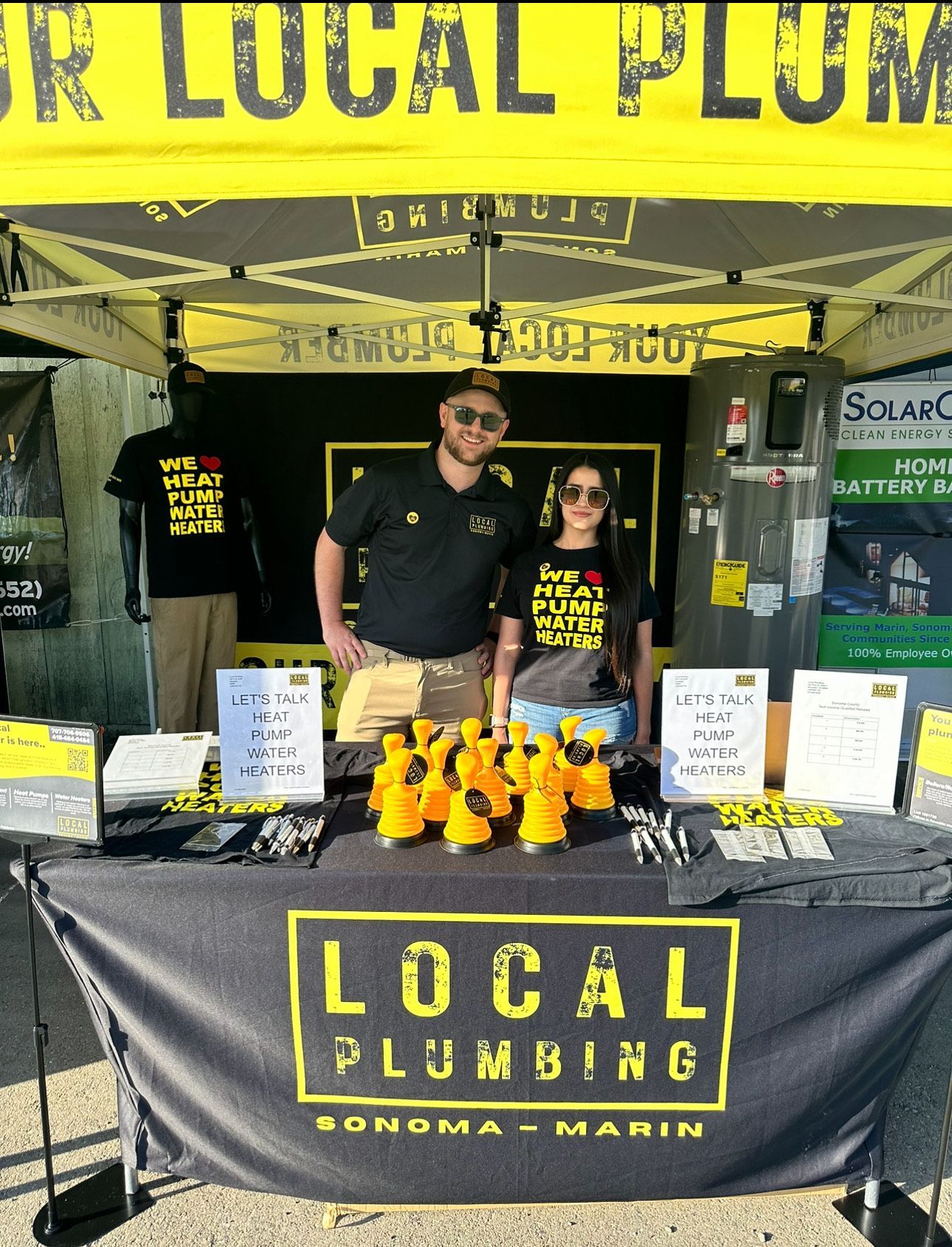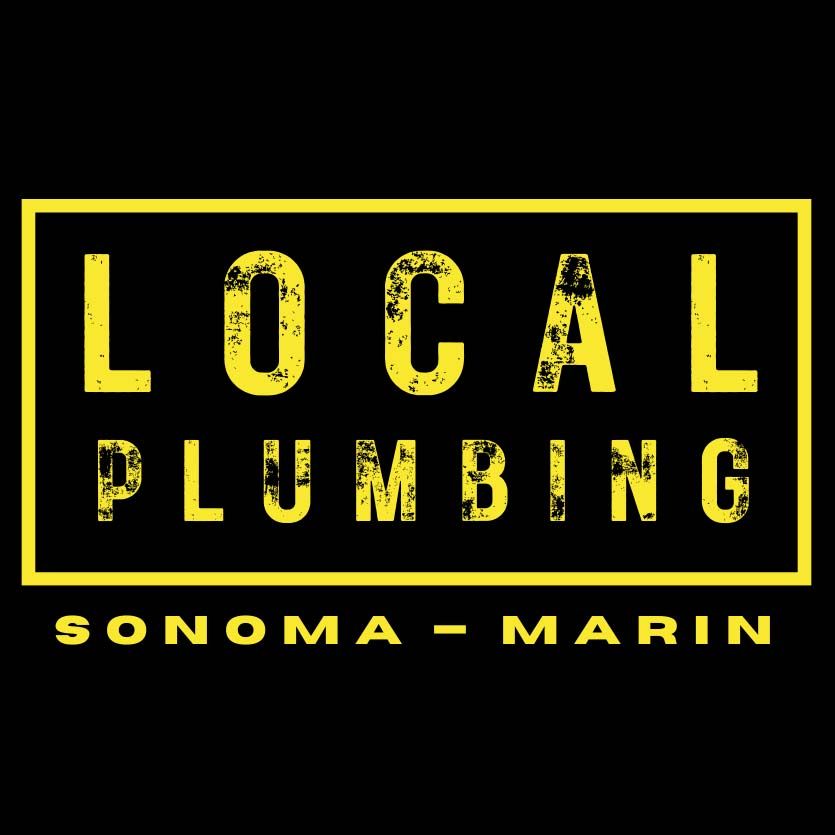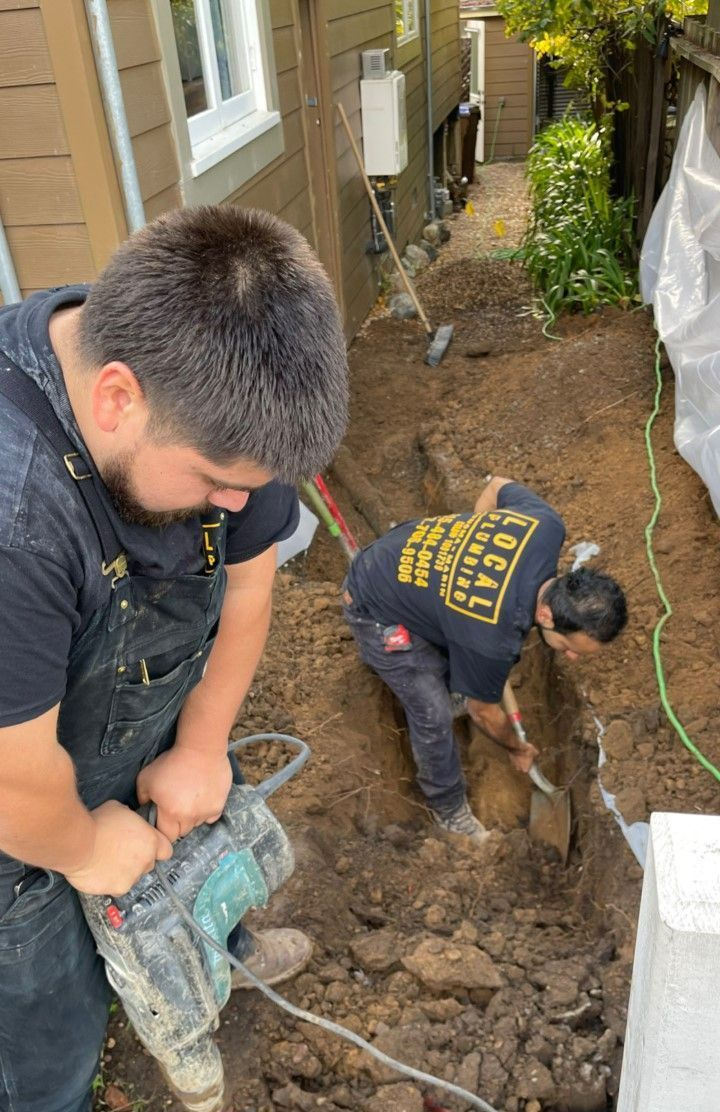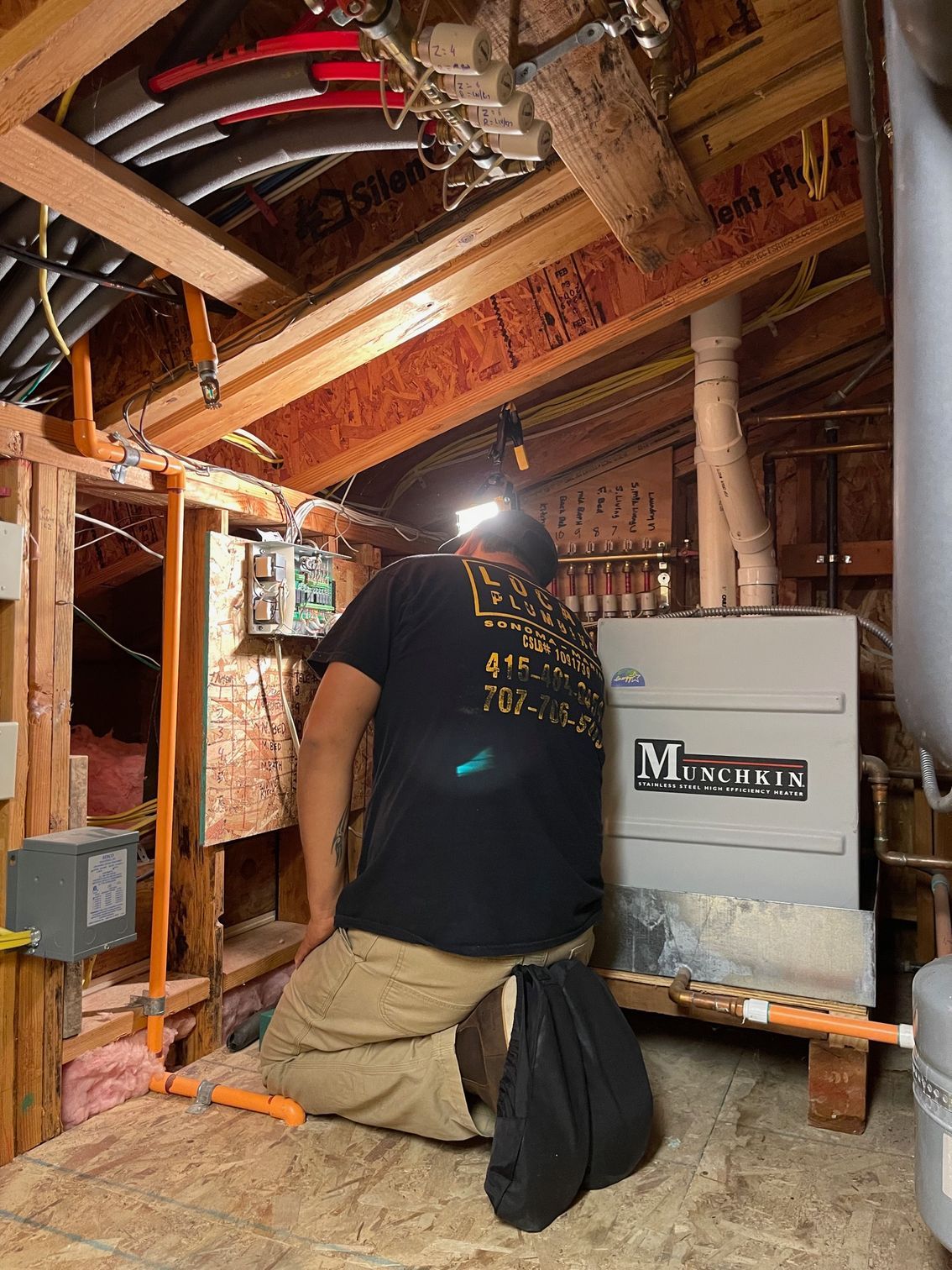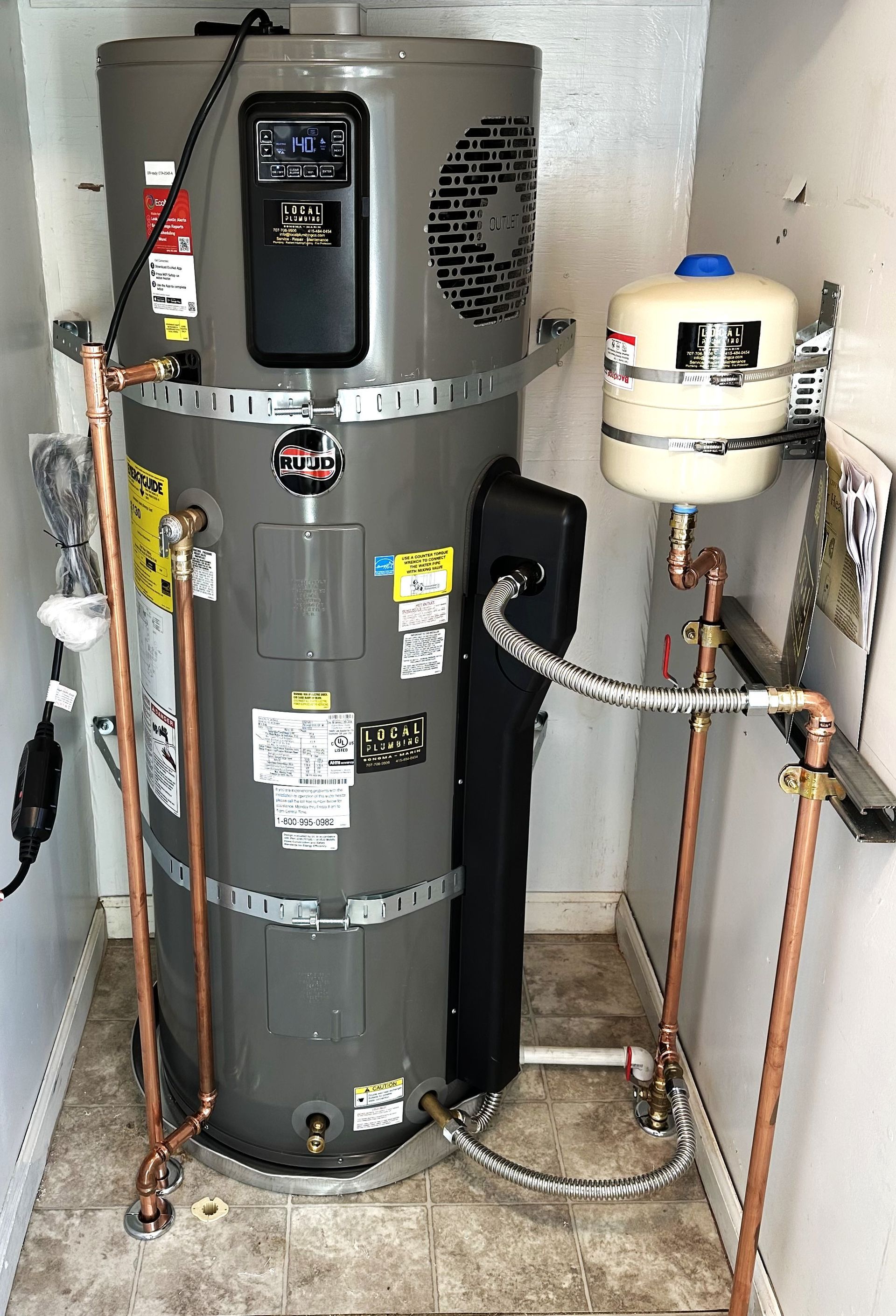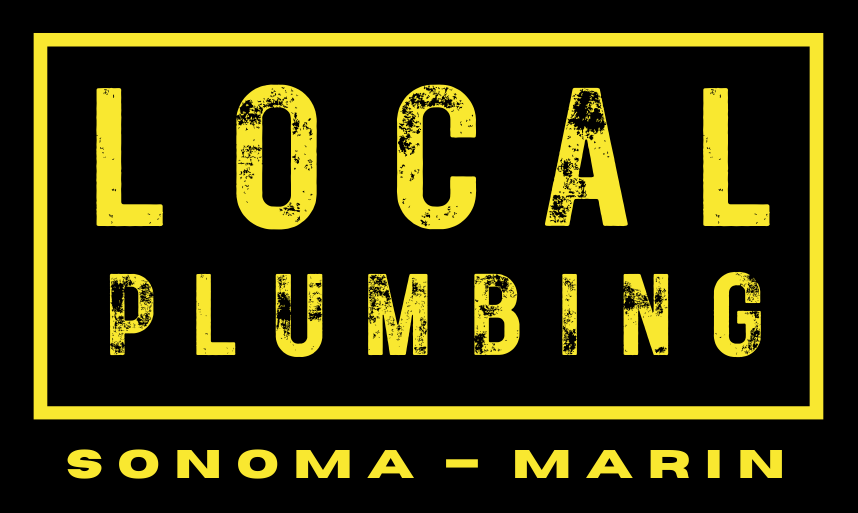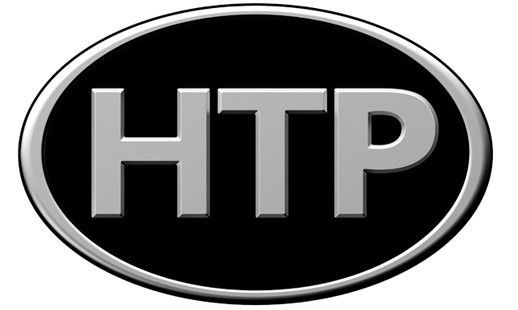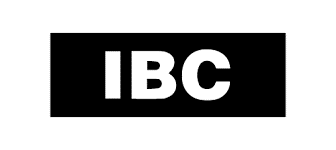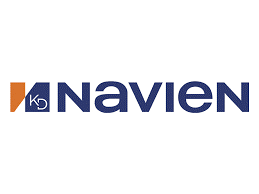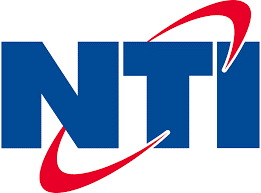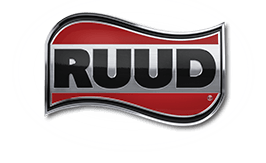Signs the Radiant Heating in Your Home Needs of Repair
Signs the Radiant Heating in Your Home Needs of Repair

Radiant floor heating systems offer an efficient and comfortable way to warm your home. However, like any complex system, they require regular maintenance and occasional repairs. Identifying the signs that your radiant heating system needs professional attention from plumbers early can prevent larger issues and costly repairs down the line. Here are some key indicators that it’s time to call in the experts.
Uneven Heating
One of the most common signs of a problem with radiant flooring is uneven heating across different areas of your home. If you notice that certain sections of your floor are warm while others remain cold, this could indicate a blockage or a leak within the piping system. Uneven heating can reduce the efficiency of your system and increase energy costs.
Increased Energy Bills
An unexpected rise in your energy bills can also be a red flag. Radiant heating systems are designed to be energy-efficient, but issues like leaks or faulty thermostats can cause the system to work harder than necessary, driving up energy consumption. If your energy costs have spiked without a corresponding increase in usage, it's a good idea to have your radiant heating setup inspected to identify and resolve any underlying problems.
Strange Noises
While radiant heating systems are generally quieter than other heating methods, unusual noises such as banging, hissing, or gurgling can indicate issues. These sounds may stem from air trapped within the system, sediment build-up, or issues with the boiler or heat pump. Ignoring these noises can lead to more significant problems, so addressing these strange sounds is crucial.
Inconsistent or Inadequate Heating
If your radiant floor system isn’t providing consistent or sufficient heat, it may be a sign of a malfunctioning thermostat, a problem with the heat source, or a circulation issue. Inadequate heating can make your living space uncomfortable, particularly in colder months, and can be a complex problem to diagnose.
The System Frequently Turns On and Off
A radiant heating system that cycles on and off more frequently than usual may be struggling to maintain the set temperature. This behavior can indicate issues such as faulty sensors, improper system balance, or inefficient insulation. Regular cycling can place undue stress on the system, reducing its lifespan and efficiency. Plumbers can evaluate your system to determine the cause of frequent cycling and make necessary adjustments or repairs.
Poor Indoor Air Quality
Radiant heating systems typically impact indoor air quality less than forced-air systems. However, if you notice a decline in air quality, it might be connected to issues within your radiant heating system. For instance, leaks can lead to mold growth, harming indoor air quality and posing health risks. A plumber can identify the source of air quality issues related to the radiant system and implement effective solutions.
Long Warm-up Times
Another sign that your radiant heating system might need professional attention is longer-than-usual warm-up times. If it takes significantly more time for your floors to heat up, this could be due to an issue with the heat source, such as a malfunctioning boiler, or problems within the distribution system. Plumbers can diagnose whether the problem lies with the heat source or elsewhere in the system.
Persistent Cold Spots
Cold spots that persist even after the system has been operating for some time can be indicative of pipe blockages or airlock issues within the system’s network of tubes. Cold spots can lead to an inefficient system and higher energy costs as the system works harder to compensate. Plumbers have the necessary tools to clear blockages and restore even heating throughout your home.
Regular Maintenance Can Prevent Problems
Regular maintenance from qualified plumbers can prevent many of the issues outlined above. Annual inspections can identify potential problems before they escalate, ensuring your radiant heating system operates efficiently throughout the winter. Maintenance can include checking for leaks, flushing the system to remove sediment, and verifying thermostat functionality.
Staying vigilant for these signs can help you avoid costly repairs and ensure your radiant heating system continues to provide efficient, even heating. If you need repair for your heated flooring system, work with our plumbing professionals at Local Plumbing.
